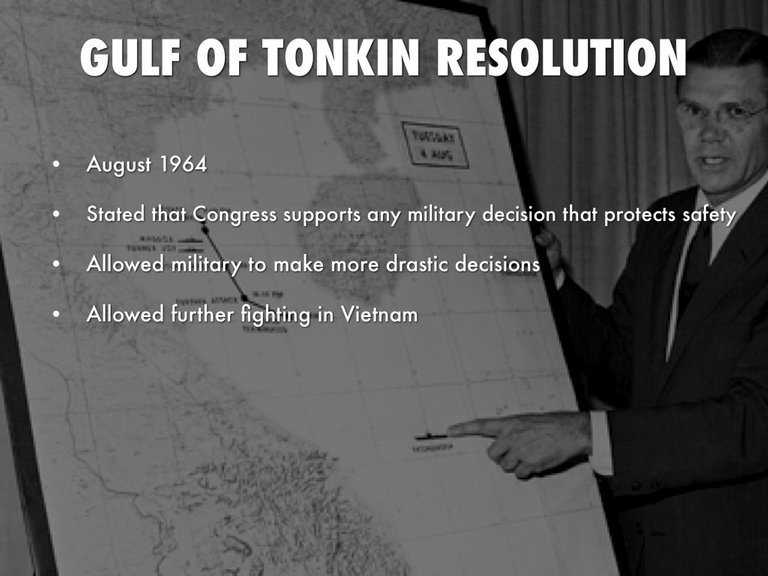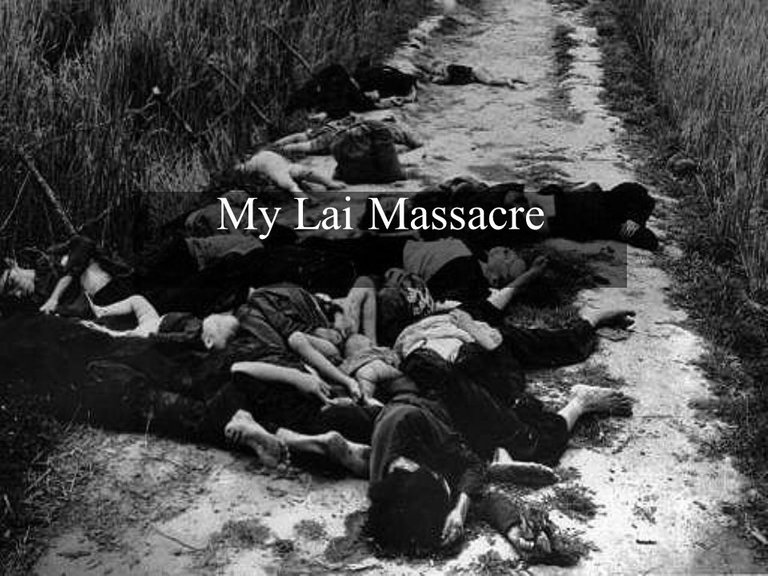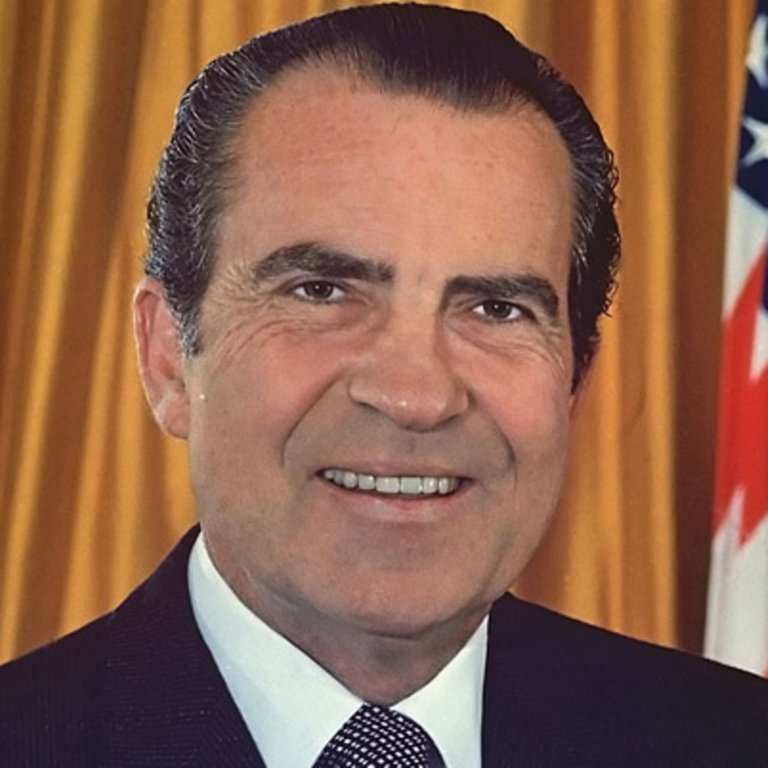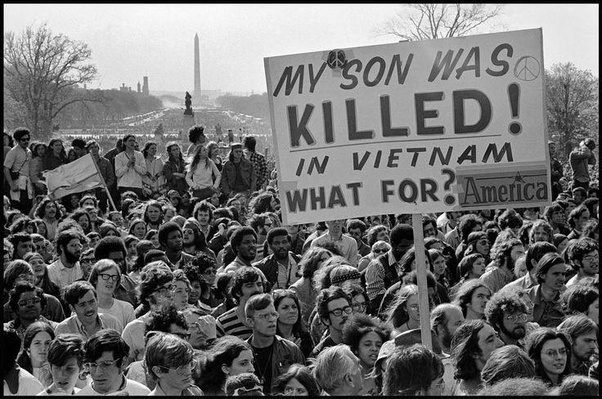More than fifty eight thousand American soldiers and an estimated two million Vietnamese soldiers and civilians were killed in the Vietnam War (1954-75). It was a vicious, brutal conflict fought in a land few Americans could even identify on a map in the beginning of the 1960s. By the time it was over, the war had divided America over the issue of foreign policy.
Antiwar protesters raising their voices
- ROOTS OF THE WAR
In the 1800s the French took control of an area in Asia that included Vietnam. The Japanese, in an effort to gain control of the trade in the Far East, evicted French forces from the region early in World War II. When native political forces rebelled against Japanese rule, the US was eager to help them because the Japanese were their enemies as well. The United States provided weapons and advice to these Vietnamese patriots, also known as Vietminh. Their leader was a man named Ho Chi Minh. When the Japanese were defeated in 1945, Ho Chi Minh came to power and claimed Vietnam's right to self-rule. But that same year the US helped its longtime ally, France, regain control over the area. The US justified its support for France by claiming that the Vietminh were Communists and posed a threat to the little country's well-being. When the Vietminh went to war to evict the French from Vietnam, the US ignored pleas for assistance from the Vietminh and instead gave France money, weapons and advice. By 1954 the conflict had killed hundreds of thousands of soldiers on both sides, as well as countless Vietnamese civilians. France withdrew from the area by negotiating peace treaty that split Vietnam in half. North Vietnam was controlled by Communists led by Ho Chi Minh, and South Vietnam was led by Ngo Dinh Diem and supported by the United States. Neither side was pleased with the arrangement.
- AMERICA GOES TO WAR
Diem turned out to be a brutal dictator who ran his country in a manner that violated American values. Because he was an oppressive leader who tortured and killed his own people, he had little support even within his own country. As this type of treatment continued, more and more South Vietnamese supported the North Vietnamese and wanted the two countries to unite under Communist rule. These people were called the Viet Cong. They rebelled against Diem's rule and in 1960 alone, killed more than 2,500 government officials. As John F. Kennedy took Presidential office, the situation in Vietnam demanded his immediate attention. The new president was passionately anticommunist and determined to support Diem's government. He slowly increased American monetary aid, which reached half a billion dollars by 1962. In addition he had stationed more than 11,000 military advisers in South Vietnam by 1962. These advisers were actually soldiers but because federal law prohibits a president from sending soldiers to fight in a foreign war without Congressional approval, all soldiers were considered "advisers." This military aid was meant only to support Diem's government, not to assist in attacks on North Vietnam. But as the North continued to gain supporters from the South, the US was drawn further into the conflict. Kennedy's assassination in 1963 put Vice President Lyndon Johnson in the president's chair. But president's chair urged him to withdraw troops from Vietnam; most urged him to increase American involvement to send a clear message to the Communist superpower Soviet Union that no attempts as spreading Communism would be accepted. By the summer of 1964, John had increased the number of soldiers and advisers to 20,000.
- THE TONKIN GOLF RESOLUTION
The US Navy destroyer USS Maddox was ordered to sail to the Gulf of Tonkin in the South China Sea on July 28, 1964. Its mission was to support South Vietnamese commando raids along the North Vietnamese coast. The purpose of the raids was to establish intelligence on radar sites and defenses in North Vietnam. Three North Vietnam torpedo boats attacked the Maddox on August 2. The destroyer sank two enemy boats, but the third escaped. The next day, the Maddox was joined by the USS Turner Joy. On Aug 4, radar information led the two ships to report a second attack. The report elicited a strong response from President Johnson, who used it to order an immediate aerial assault on the North Vietnamese coastline. It was the US' first major airstrike on North Vietnam. He also used it to seek special authority to take further military action if necessary. Congress composed a resolution that gave Johnson this power. It became known as the Tonkin Gulf Resolution.

It was passed unanimously in both House of Representatives and the Senate. Although further investigation revealed that the second attack never happened, Johnson did not share this information. It never convinced the Communists to back down. Johnson was reelected in 1964. Before the end of the year, Viet Cong had control of many South Vietnamese provinces.
- ESCALATION
Although war was never officially declared on Vietnam, the US drastically increased its involvement in the conflict in 1965. Over the next few years, the "Americanization" of the war developed quickly as US bombing campaigns killed thousands. Hundreds of thousands of American soldiers fought the Viet Cong, whose guerrilla strategies using small group of fighters launching surprise attacks were unlike anything the US military had ever confronted. Because they were fighting on their own turf, using their own strategies, the Communist forces remained strong. American soldiers were not prepared either physically or mentally for the kind of fighting they encountered. To make matters worse, more of the US troops had been forced into service by the military draft. The average age of an American infantryman in Vietnam War was 22.8 years.
- MY LAI MASSACRE & TROUBLED SITUATION FOR US TROOPS
By 1967 the war had reached a stalemate; neither side was winning, and nothing much was happening. Despite major bombing campaigns, the US could not reach its goals. The harder the Americans fought, the more determined the Communists became. American troops were under the command of General William Westmoreland. He had been confident that with more troops, he could wipe out the Viet Cong. His efforts included search-and-destroy missions that used weapons, helicopters and other resources to raid rural towns and villages and kill anyone suspected of being a Viet Cong or a Viet Cong supporter. One such mission, which came to be known as My Lai Massacre took place in the small hamlet of My Lai on March 16, 1968. American soldiers brutalized and murdered between two hundred and five hundred unarmed, unresistant women, children and elderly men. It soon became evident that these missions were useless. Because so many people assisted the Viet Cong, the guerrilla fighters would slip away right before a town or a village was raided. Then as military attention was diverted elsewhere, the Viet Cong forces would sneak back in and resume their activities.

- PEASANTS PAYING THE PRICE
The peasant population of South Vietnam paid a heavy price as it found itself caught in the middle of the fighting. Although some peasants joined Viet Cong of their own free will, most were forced into assisting the fighters. Viet Cong agents monitored the behavior and actions of villagers throughout the country, and anyone suspected of helping the US forces was brutally punished. Yet the villagers resented American troops as well. US bombings destroyed their houses, killed their children and drove hundreds of thousands to the crowded cities. Toxic chemicals were sprayed on crops to kill the vegetation and force the Communist fighters out of hiding, but these chemicals also killed the peasants' food supply and resulted in severe birth defects in babies born during the war and for years afterward.
- STALEMATE AND A CHANGE OF SENTIMENT
As the war reached a stalemate, the US economy suffered. The government did not have enough money to sustain the war and fund social programs. As a result, inflation rose and affordability declined. Americans became angry at their miserable lives. There arose a tremendous antiwar sentiment. Johnson's secretary of state surprised everyone when he began peace process in the mid 1960s. Robert McNamara supervised the military buildup in Vietnam in the early and mid 1960s. Some antiwar protesters called the conflict McNamara's War. The Communist forces were stronger than ever and McNamara's claims of US' ability to end the war faded away. In 1967, in testimony before a senate committee, McNamara reported that the bombing campaigns were not having the desired effect, nor would they ever. His honesty cost him his job and his duties were distributed among other officials.

Antiwar Protesters calling for an end to Vietnam War
- TET OFFENSIVE
The Viet Cong and North Vietnamese launched a surprise assault in Jan 1968. Known as the Tet Offensive, it did not succeed in collapsing the Saigon government, but it did reinforce McNamara's warning that US bombing campaigns were not going to win the war. Tet is a Vietnamese holiday and no one expected fighting during that time, but rebel forces seized control of villages, towns and cities throughout South Vietnam. Hundreds of civilians were executed by the Viet Cong and North Vietnamese troops and buried in shallow graves. Despite this carnage, Johnson and his administration repeatedly assured the public that the enemy was weakening. When news of the Tet Offensive was publicized, Americans were outraged. Their anger only intensified when it was reported that Johnson was considering sending another two hundred thousand troops overseas.
- PEACE SETTLEMENT & ENDING OF WAR
Johnson's presidency was destroyed by his decisions and deceit. The majority of Americans wanted out of Vietnam. Richard M. Nixon was elected president on the promise for an honorable end to a dishonorable war.

President Richard M. Nixon
He and his foreign policy adviser, Henry Kessinger, achieved a peace settlement in Paris in Jan 1973. All US combat forces in South Vietnam returned home, even as North Vietnamese troops were allowed to remain. The Paris Agreement did not resolve the conflict, but it did provide a way out for the United States.

Henry Kissinger, US Secretary of State under Nixon
North Vietnamese forces captured Saigon in April 1975 and South Vietnamese became a Communist country. Millions left the country over the next several years. The US admitted millions of Vietnamese and Laotians who had supported US efforts in the war; others remained in refugee camps throughout Southeast Asia. The legacy of Vietnam lived on long after physical fighting had ended. The US was not accustomed to losing. Die hard supporters of the war insisted that is US troops had remained in place for just a while longer, surely they could have claimed victory. Government analysis does not support this viewpoint, and when investigations and reports were leaked to the press in 1971, they revealed numerous mistakes and poor decisions on the part of US leaders. As it was, the United States struggled for decades to recover from Vietnam War.

Nixon's phrase 'Peace With Honor'

Tremendous post! Nicely crafted article
Thanks a lot :)
wow, Very informative post .
Thanks for the compliment :)
i think you should upvote on every reply. ;)
Another war started on a lie so bankers, weapons makers and the corrupt politicians who vote for this can make money.
Congratulations! This post has been upvoted from the communal account, @minnowsupport, by Junaid from the Minnow Support Project. It's a witness project run by aggroed, ausbitbank, teamsteem, theprophet0, someguy123, neoxian, followbtcnews/crimsonclad, and netuoso. The goal is to help Steemit grow by supporting Minnows and creating a social network. Please find us in the Peace, Abundance, and Liberty Network (PALnet) Discord Channel. It's a completely public and open space to all members of the Steemit community who voluntarily choose to be there.
then the democrats "took Nixon down" and reneged on the Paris Peace Accords and millions MORE peasants died (boat people)